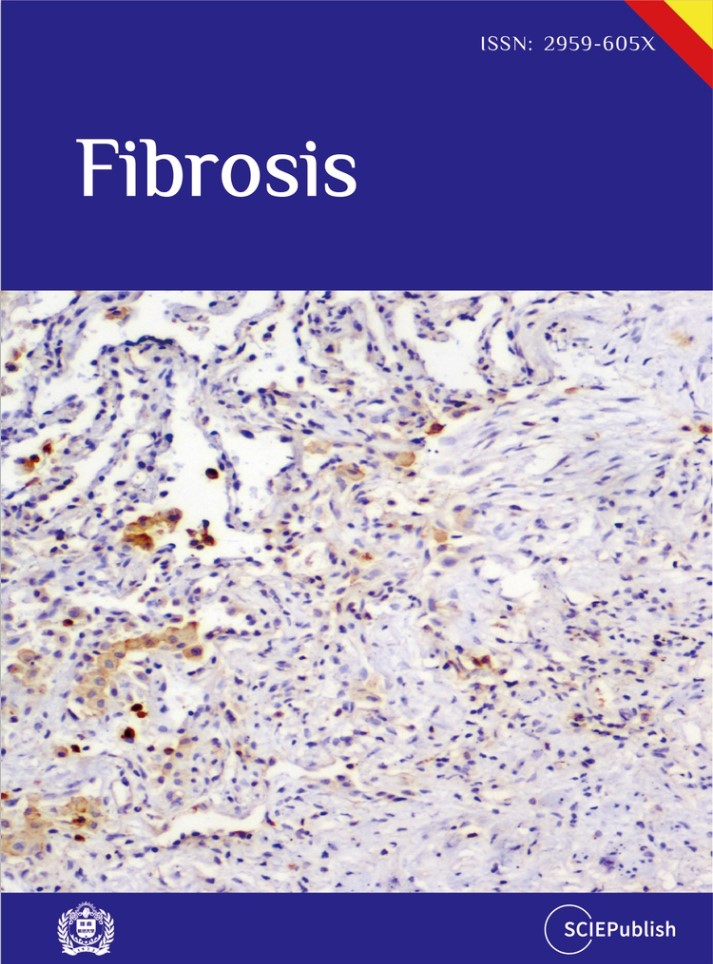Artiles
Article
21 January 2025Machining Characteristics of Graphene Oxide-Based Nanosuspensions in Abrasive Machining of Single-Crystal Si and SiC
Single-crystal silicon (Si) and silicon carbide (SiC) are core semiconductor materials in communication, lighting, power generation, and transportation. However, their high hardness and wear resistance combined with low fracture toughness have posed significant challenges for high-efficiency and low-damage machining. Aqueous suspensions containing nanoparticle additives have recently been developed for sustainable manufacturing due to their satisfactory tribological performance and environmentally friendly nature. In this work, nanoadditives, including two-dimensional (2D) graphene oxide (GO) nanosheets and zero-dimensional (0D) diamond nanoparticles, were ultrasonically dispersed in water to formulate different GO-based nanosuspensions for achieving high-efficiency and low-damage abrasive machining. The experimental results indicated that GO nanosuspension was a suitable coolant for grinding Si, generating a ground surface of 32 nm in Ra, owing to its great lubricity and excellent resistance against mechanical abrasion. Diamond-GO hybrid nanosuspension demonstrated a synergistic effect in abrasion, lubrication and oxidation, which was thus appropriate for polishing SiC single crystals, leading to approximate 60% and 30% improvements in removal and roughness respectively, in comparison to a commercially available diamond suspension.
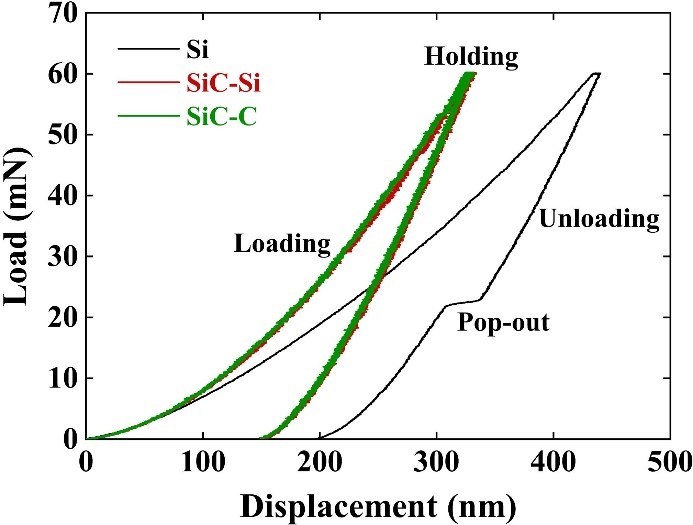
Communication
21 January 2025Differential “Tree Attraction”—Epiphytic Growth of Umbilicus rupestris and Other Lithophytic Crassulaceae
Epiphytic species grow (almost) exclusively on a living substrate, typically a tree, but epiphytic growth is not restricted to them. Individuals of normally lithophytic or terrestrial species may occasionally be found on a tree as so-called accidental epiphytes. Species of the focal group of this study, Crassulaceae, are typically found on rocks and in rock fissures. While there is a small proportion of true epiphytes globally, the propensity of the other family members to occur as accidental epiphytes is largely unexplored. Here, I investigated this question for 29 European members of the family with the use of the participatory science data platform iNaturalist. Umbilicus rupestris stands out in regard to epiphytic occurrences, although the incidence of epiphytic growth is still rather low with c. 1% of c. 14,000 observations. For all other species, epiphytic growth has not been reported or was exceptional. As expected, epiphytic individuals of U. rupestris were limited to regions without frost, while a predicted limitation to the wettest parts of the species’ geographic range was not supported by the data. Arguably, Umbilicus rupestris could be a promising model to study the early steps of epiphyte evolution by comparing epiphytic and terrestrial individuals in regard to differential germination success, ease of establishment, differences in morphological and physiological traits and general population dynamics. The results of such studies should be highly instructive for our understanding of the challenges that terrestrial species face when conquering tree crowns.
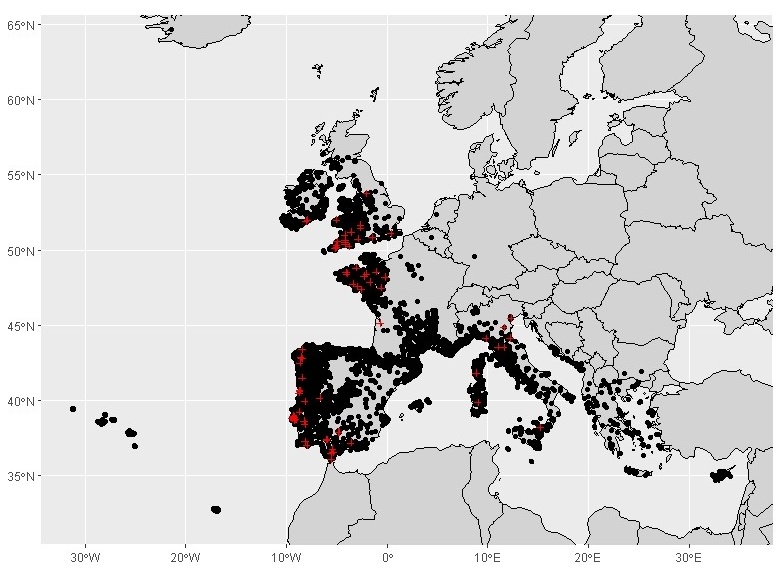
Review
20 January 2025Adsorption and High-Value Transformation of Volatile Fatty Acids from Microbial Fermentation Products: A Review
To mitigate the aforementioned global environmental issues, the concept of carbon capture and storage is crucial in addressing the necessity for carbon peaking and carbon neutrality. The buildup of volatile fatty acids during anaerobic fermentation is a primary factor contributing to the suboptimal performance or outright failure of anaerobic digestion systems. In response to the pressing demand for volatile organic acid recovery and high-value conversion, we primarily outlined the sources, recovery techniques, adsorption materials, and methods for high-value conversion of volatile fatty acids. The methods of adsorbing volatile acetic acid were presented, encompassing adsorption materials, mechanisms, and interfacial modifications of the adsorbent. Furthermore, drawing from recent research advancements, we have synthesized the high-value conversion techniques for volatile fatty acids and evaluated the research challenges and future prospects in this domain.
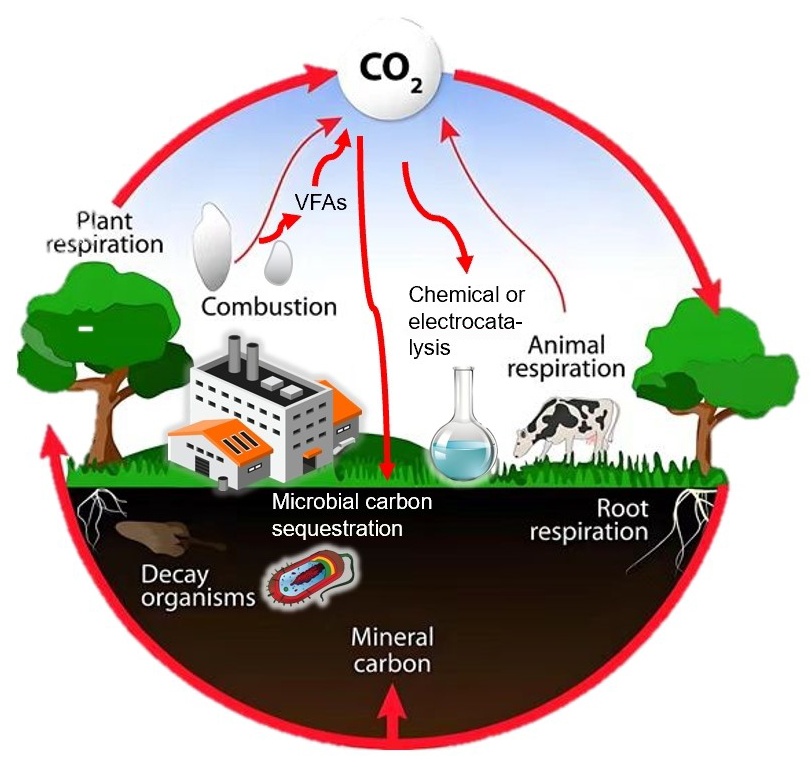
Communication
20 January 2025Group Climate and Quality of Life in Long-Term Forensic Care: Do Patients and Staff Agree?
The relationship between quality of life (QoL) and group climate is a complex but crucial topic within forensic psychiatry. The QoL of forensic psychiatric patients is influenced by internal and external factors, with group climate potentially assuming a pivotal role in this process. This study aims to gain insight into the relationship between group climate and QoL in a long-term forensic ward in Belgium. Patients (n = 29) completed the Forensic Inpatient Quality of Life Questionnaire—Short Version (FQL-SV), the Essen Climate Evaluation Schema (EssenCES) and the Group Climate Inventory Revised (GCI-R), staff members (n = 22) completed the FQL-SV and the EssenCES. The agreement between QoL rated by patients and staff, the agreement with the current group climate, and the relationships between QoL and group climate were investigated. Overall, the results indicated a high QoL and a positive group climate. Compared with patients, staff members were assigned significantly lower scores on the QoL scale, but no significant differences were found with regard to group climate. A number of facets of group climate correlated positively with perceived QoL. In conclusion, it seems important for forensic institutions to prioritize a positive and enhanced group climate in long-term forensic wards, given the potential correlation with the QoL of patients.
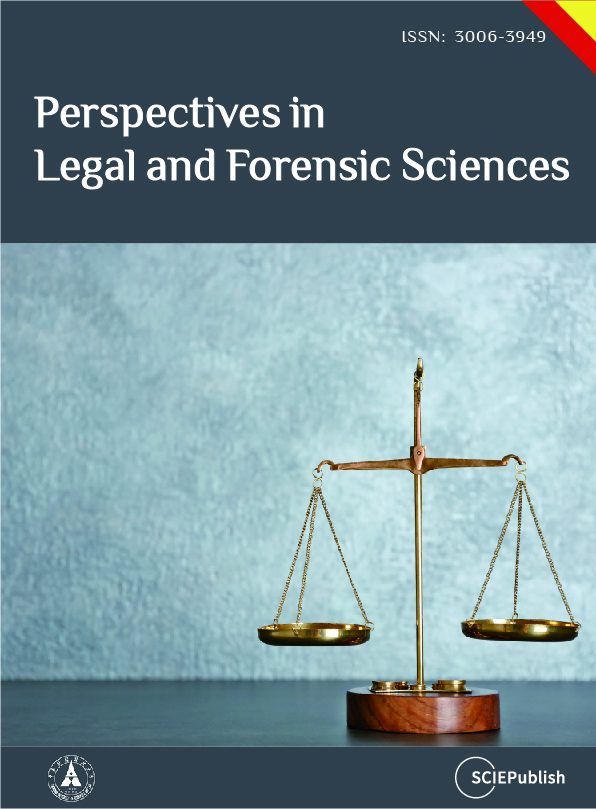
Article
20 January 2025Visible Monuments above and below Ground Level, a Time-Honored Site from the Late Bronze Age to Modern Times
Due to the complex geometry of the monuments, it is often necessary to adapt the image collection process for their mapping. For the optimal mapping of the stronghold of Lazaritsa Chorygi (Greece) and its slopes, vertical, inclined, and horizontal images from different heights were collected using an Unmanned Aircraft System. Thus, for a monument of special archaeological/historical interest and natural beauty, a large set of high-spatial resolution data and final products (digital surface model and orthophotomosaic with spatial resolution 5.6 cm and 2.8 cm, respectively) is available. In addition, in the wider area of the fortified site, military structures (fire trenches, communication trenches, shelters, front and support trenches, and strong points) of the Great War length of 9 km were identified and mapped, which were identified in the 2003 or 2004 Google Earth Pro images, but worryingly are almost absent from the contemporary Google Earth Pro images.

Review
16 January 2025Biological Bone and Replacement Materials in Grinding: Force Model and Processing Capability
Grinding is widely used in orthopedic surgery to remove bone tissue material, but due to the complex and brittle structure of bone, it is prone to mechanical stresses that cause cracks and damage to the bone tissue. Furthermore, bone replacement materials typically have high hardness, strength, and brittleness, which lead to increased tool wear and damage, such as cracks and deformation during grinding. Therefore, ensuring the surface quality of bone and replacement materials during the grinding process has become a critical issue. This necessitates the development of grinding force models that consider various processing parameters, such as feed rate and cutting depth, to guide industrial production. However, currently, research on the grinding force prediction models for bone tissue and its replacement materials is relatively scarce, and there is a lack of corresponding grinding force model reviews for unified guidance. Based on this, this article focuses on bone grinding technology and, conducts a critical comparative analysis of the grinding force models for bone tissue and its replacement materials, and then summarizes the grinding force prediction models in the grinding process of bone tissue and bone replacement materials. First, according to the material types and material removal mechanisms, the materials are categorized into bone tissue, bio-inert ceramics, and bio-alloys, and the material removal process during grinding is analyzed. Subsequently, the grinding force prediction models for each material and the accuracy errors of each model are summarized. The paper also reviews the application of these grinding force prediction models, explaining how processing parameters such as feed rate and cutting depth influence grinding forces and their interrelationship. Finally, in light of the current issues in the grinding of bone tissue and replacement materials, potential future research directions are proposed, aiming to provide theoretical guidance and technical support for improving the grinding quality of bone tissue and its replacement materials.

Review
14 January 2025Artificial Intelligence and Machine Learning for Sustainable Manufacturing: Current Trends and Future Prospects
Artificial Intelligence (AI) and Machine Learning (ML) are transforming manufacturing processes, offering unprecedented opportunities to enhance sustainability and environmental stewardship. This comprehensive review analyzes the transformative impact of AI technologies on sustainable manufacturing, focusing on critical applications, including energy optimization, predictive maintenance, waste reduction, and circular economy implementation. Through systematic analysis of current research and industry practices, the study examines both the opportunities and challenges in deploying AI-driven solutions for sustainable manufacturing. The findings provide strategic insights for researchers, industry practitioners, and policymakers working towards intelligent and sustainable manufacturing systems while elucidating emerging trends and future directions in this rapidly evolving field.
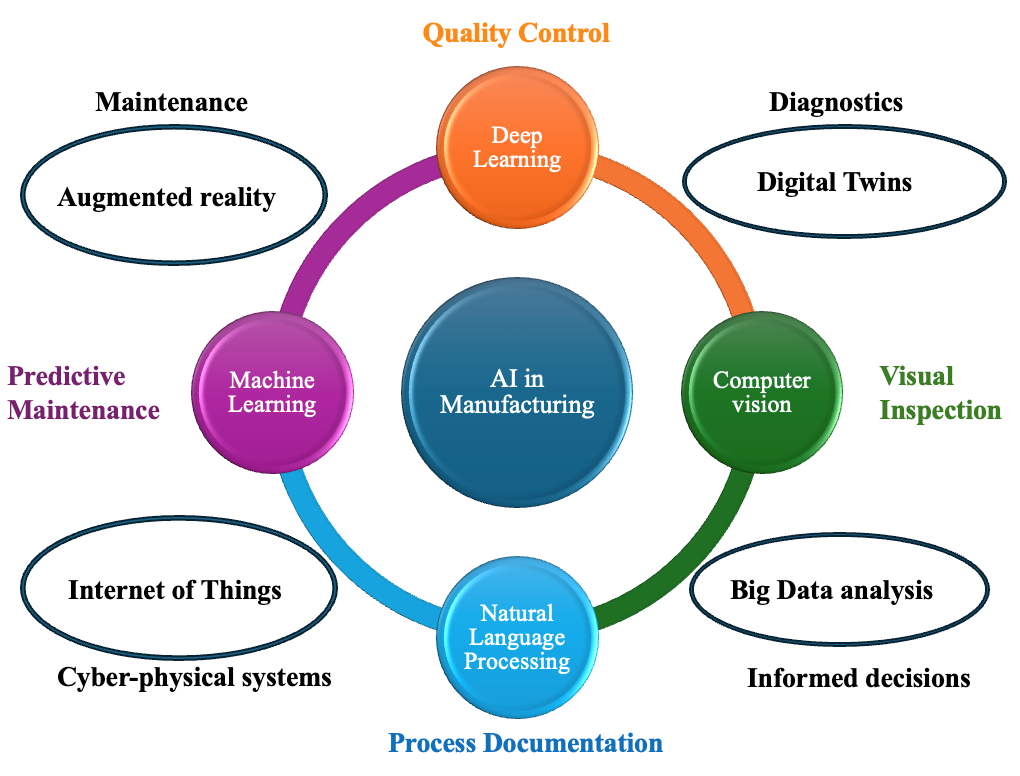
Article
14 January 2025CYLD Regulates T Cell Metabolism and Mitochondrial Autophagy through LKB1/AMPKα Pathway
The deubiquitinating enzyme cylindromatosis (CYLD) plays a fundamental role in regulating T cell development and activation. Previous studies have shown that CYLD is associated with autophagy, while AMP activated protein kinase (AMPK) pathway regulates the development of autophagy and affects cell metabolism. However, the mechanism by which CYLD affects autophagy and whether it affects the downstream metabolism of AMPKα remains unclear. In this study, we used the CYLD gene knockout model in Jurkat cells to investigate the mechanism of CYLD and autophagy and its relationship with cellular metabolism. The results show that CYLD deletion promotes autophagy through AMPKα/mTOR/ULK1 signaling pathway, promotes mitochondrial autophagy to improve mitochondrial function and attenuates cell lipid metabolism in Jurkat cells.
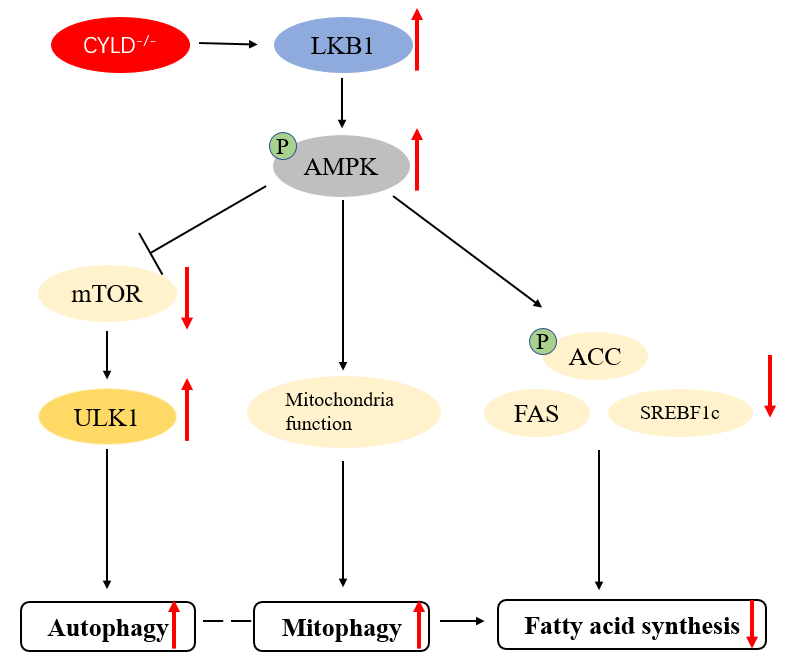
Review
14 January 2025A Review of Phosphorous in Fluvial Floodplains: Source or Sink?
Fluvial floodplains are water-land transitional zones, playing an important role in hydrological and ecological systems. To date, the phosphorus migration and transformation in floodplain sediments remain elusive, which poses a large effect on river nutrient levels and primary productivity. This review summarized the sedimentary characteristics of floodplains and analyzed the spatial differences and temporal variations in phosphorus distribution. We further analyzed their potential change in floodplains under various conditions, determining the sedimentation and mineralization process of phosphorus. Meanwhile, phosphorus in the sediment will experience dynamic fluctuation as a source or sink of fluvial floodplains based on varying factors, including hydrological conditions, climate variations, biological activity, and pedological characteristics. In particular, the productivity and community population in floodplains, like vegetation and fishes, will be primarily associated with the periodic changes in phosphorus through food chain. Lastly, this review provided corresponding perspectives on improving the phosphorus administration in river floodplains based on existing problems. In total, it is anticipated that it will enhance the understanding of phosphorus resources or sink in the fluvial floodplains, contributing to the stability of aquatic ecosystems.
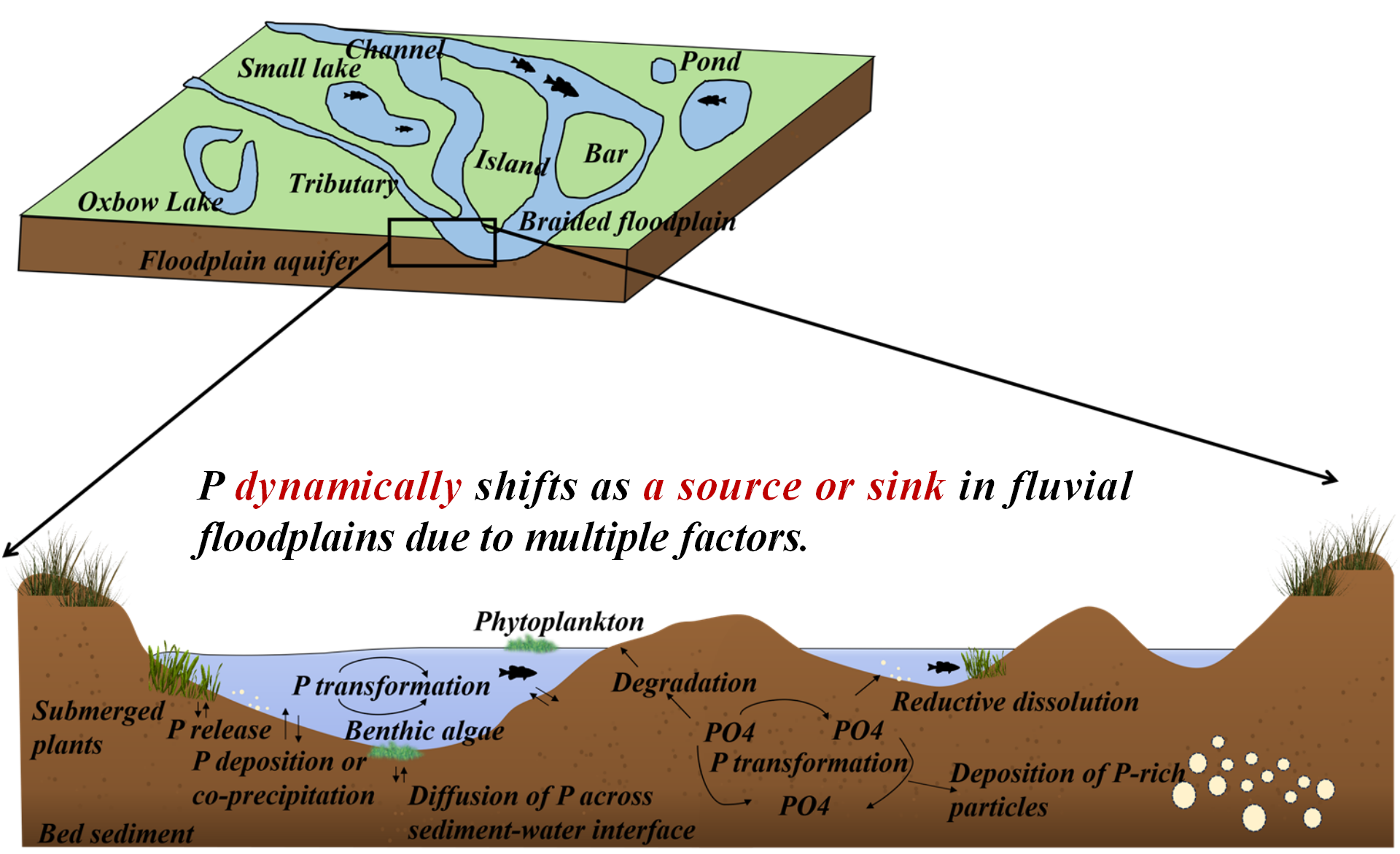
Review
13 January 2025Comparative Analysis of Idiopathic Pulmonary Fibrosis and Progressive Pulmonary Fibrosis: Epidemiology, Pathophysiology, Clinical Features, Diagnosis and Treatment
Idiopathic pulmonary fibrosis (IPF) is a chronic fibrosing interstitial disease of unknown origin, characterized by radiological and histological features consistent with usual interstitial pneumonia (UIP). It is marked by a progressive worsening of dyspnea and a decline in lung function. Both IPF and PPF are comparable because they have poor prognoses with a median survival time from diagnosis of around 2–4 years without antifibrotic therapy. This review shows the main specific characteristics and differences of epidemiology, pathophysiology, clinical and radiological features, treatment, and prognosis of IPF and PPF.
